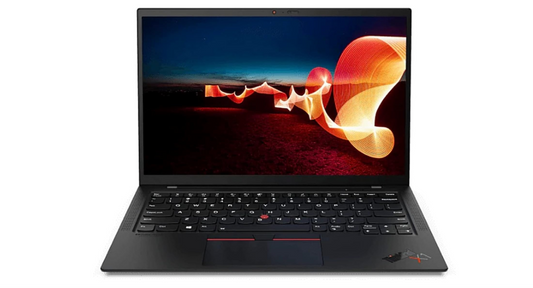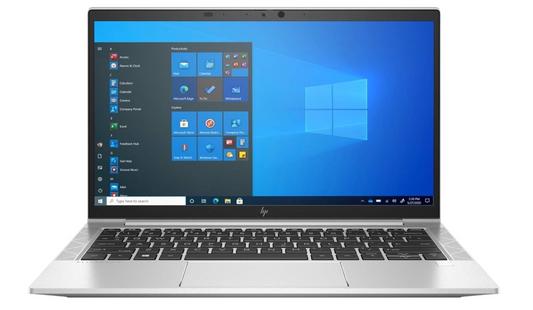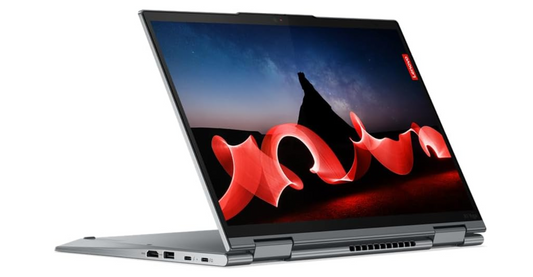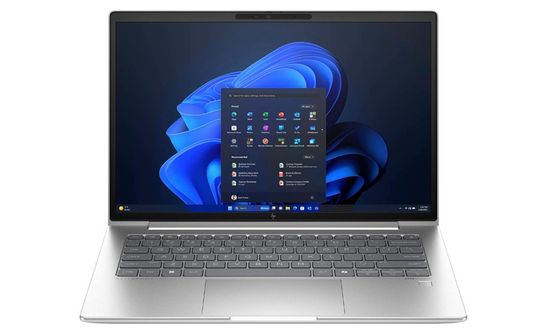Apple developing its first Touch-Screen MacBook Pro

🚀 Introduction
After years of saying it would never happen, Apple is finally working on a touch-screen MacBook Pro. Reports suggest the company is developing this groundbreaking model for release sometime between late 2026 and early 2027.
This move marks a dramatic shift in Apple’s design philosophy — and could redefine what it means to use a Mac.
💡 What’s Being Developed
Here’s what’s rumored so far about Apple’s first touch-screen laptop:
✨ Apple is building prototypes under internal codenames K114 and K116.
✨ The new MacBook Pro will feature a beautiful OLED display — the first ever on a MacBook.
✨ Expect a hole-punch front camera instead of the current “notch.”
✨ Apple engineers are designing a reinforced hinge and screen structure to support touch gestures.
✨ The device will keep its physical keyboard and large trackpad, blending the best of both worlds.
✨ It may use on-cell touch technology, making the screen thinner and more responsive.
✨ Due to its premium materials and new display tech, this model will likely cost more than current MacBook Pros.
🧠 Why It Matters
🍏 A Shift in Apple’s Philosophy
For years, Apple rejected the idea of touch screens on Macs — arguing they weren’t ergonomic for laptop use. But now, the company seems ready to blur the line between Mac and iPad, allowing users to choose whichever interaction method suits them best.
🎨 A Boost for Creativity and Productivity
Touch support could transform workflows for designers, artists, editors, and educators. Imagine being able to sketch directly on your MacBook screen, annotate a PDF with your finger, or quickly rearrange video clips with a tap.
💻 Catching Up to Competitors
Windows laptops have had touch screens for over a decade. Apple’s entry into this space could push the entire market forward — especially if it brings its signature polish to the experience.
⚙️ Engineering Challenges
Adding touch to a laptop isn’t simple. The display must stay rigid and stable under repeated taps. Apple is said to be reinforcing the hinge and testing new glass materials to make sure the screen remains durable, responsive, and wobble-free.
🔍 What We Still Don’t Know
🤔 The exact release date — only that it’s targeted for 2026–2027.
🤔 Whether all MacBook Pro models will include touch or just the premium version.
🤔 The price range — early estimates suggest it will be slightly higher than today’s models.
🤔 How macOS will adapt to touch input — will it gain gesture features or stylus support?
🤔 What happens to the iPad Pro lineup once Macs gain touch capabilities.
💭 What This Means for Users
🖐️ If you’ve always wanted a touch-enabled Mac, this could be worth waiting for.
⌨️ If you prefer the traditional trackpad workflow, you can safely buy a current model without fear of missing out.
🎬 For creatives, developers, or anyone who loves flexibility, this might open entirely new workflows.
💸 Just be prepared for a premium price tag when it finally launches.
🗣️ My Take
It’s about time! Apple has mastered the touch experience on the iPhone and iPad — so bringing that expertise to the Mac feels natural. Still, success will depend on how well macOS integrates touch support. If it feels tacked on, it won’t matter. But if Apple nails the experience — combining gesture control, intuitive interfaces, and smart software — this could mark the start of a new Mac era.
The biggest question is whether Apple will stop here, or evolve the Mac into something more hybrid, like a foldable Mac-iPad crossover in the future. Either way, this marks the end of “Macs without touch.”
🧭 Conclusion
Apple’s first touch-screen MacBook Pro represents a bold leap forward. With an OLED display, a reinforced hinge, and touch input added to the familiar keyboard-trackpad combo, this could become the most versatile Mac ever built.
It’s a big bet — but if any company can make touch on a laptop feel magical, it’s Apple. 🍏




